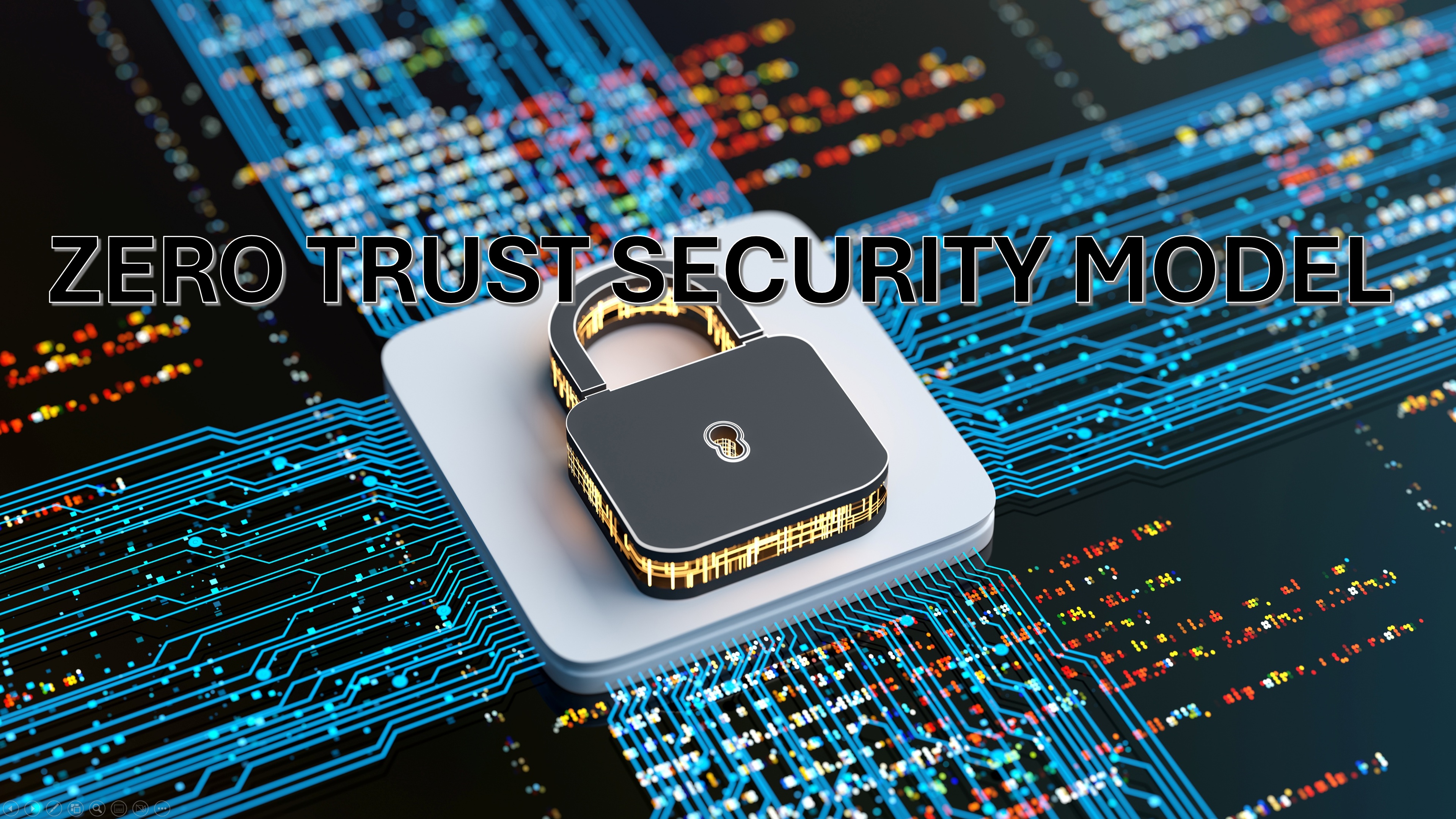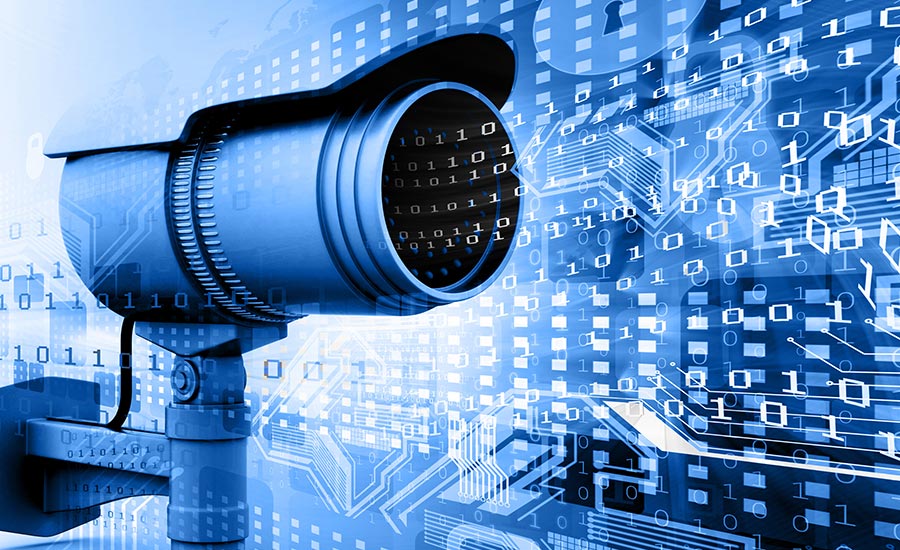Introduction: Mobile devices have become an integral part of modern business operations, facilitating communication, collaboration, and productivity on the go. However, with the addition of smartphones, tablets, and other portable gadgets in the workplace, managing these devices and ensuring their security has become a significant challenge for organizations. This is where Mobile Device Management (MDM) comes into play. MDM is a comprehensive solution designed to streamline the management and security of mobile devices within an organization’s network. In this article, we’ll delve into the intricacies of MDM, exploring its features, benefits, implementation strategies, and its crucial role in today’s digital landscape.
Understanding Mobile Device Management (MDM): MDM refers to the process of centrally managing and securing mobile devices, such as smartphones, tablets, and laptops, within an organization. It allows IT administrators to remotely configure, monitor, and enforce policies on mobile devices, regardless of their location. MDM solutions provide a unified platform for managing device settings, applications, data, and security protocols, thereby ensuring compliance with organizational policies and industry regulations.
Key Features of MDM:
- Device Enrollment and Provisioning: MDM solutions facilitate seamless enrollment and provisioning of devices onto the corporate network. IT administrators can remotely onboard new devices, configure network settings, and deploy necessary applications and security policies over-the-air (OTA).
- Configuration Management: MDM enables centralized management of device configurations, including Wi-Fi, VPN, email, and other settings. Administrators can enforce consistent configurations across all devices, ensuring standardization and compliance with security protocols.
- Application Management: With MDM, organizations can efficiently manage the lifecycle of mobile applications. IT administrators can remotely distribute, update, and remove applications based on user roles and permissions, enhancing productivity and security.
- Security and Compliance: MDM solutions offer robust security features to safeguard sensitive data and mitigate security risks. This includes enforcing passcode policies, encrypting data at rest and in transit, implementing remote wipe capabilities in case of device loss or theft, and monitoring device compliance with corporate security standards.
- Mobile Content Management (MCM): MDM incorporates MCM capabilities to manage and secure corporate data on mobile devices. This involves containerization techniques to segregate corporate and personal data, granular access controls, and secure document sharing and collaboration.
Benefits of Mobile Device Management:
- Enhanced Security: MDM helps organizations bolster their security posture by implementing robust security measures and enforcing compliance with industry regulations. It minimizes the risk of data breaches, unauthorized access, and malware infections by centrally managing device configurations and enforcing security policies.
- Improved Productivity: By streamlining device management processes and ensuring seamless access to business resources, MDM enhances employee productivity. It enables employees to securely access corporate data and applications from anywhere, at any time, using their preferred devices.
- Cost Efficiency: MDM solutions offer cost savings through automation, efficient resource utilization, and reduced support overhead. By centrally managing devices and applications, organizations can minimize manual intervention, optimize resource allocation, and mitigate the risks associated with device mismanagement.
- Compliance Adherence: MDM helps organizations maintain compliance with regulatory requirements and industry standards pertaining to data security and privacy. By enforcing policies such as data encryption, access controls, and audit trails, MDM ensures adherence to compliance mandates and reduces the likelihood of non-compliance penalties.
Implementation Strategies: Implementing an MDM solution requires careful planning and execution to maximize its effectiveness. Key steps in the implementation process include:
- Needs Assessment: Conduct a thorough assessment of organizational requirements, including device types, user roles, security policies, and compliance mandates.
- Solution Selection: Evaluate MDM solutions based on their features, scalability, security capabilities, compatibility with existing infrastructure, and vendor reputation.
- Pilot Deployment: Begin with a pilot deployment involving a small subset of devices to test the chosen MDM solution in a real-world environment. Gather feedback from users and IT administrators to fine-tune the implementation strategy.
- Policy Definition: Define clear and comprehensive policies governing device usage, security configurations, application access, and data management. Ensure alignment with organizational goals and regulatory requirements.
- User Training: Provide comprehensive training and support to end-users to familiarize them with MDM policies, security best practices, and device management procedures. Encourage active participation and adherence to security guidelines.
- Rollout and Monitoring: Gradually rollout the MDM solution across the organization, monitoring its performance, user adoption, and compliance levels. Implement feedback mechanisms to address any issues or concerns raised by users.
- Continuous Improvement: Regularly review and update MDM policies and configurations to adapt to evolving threats, technology trends, and organizational requirements. Foster a culture of continuous improvement and proactive risk management.
Conclusion: Mobile Device Management (MDM) plays a pivotal role in ensuring the security, compliance, and efficiency of mobile devices in today’s interconnected world. By centralizing device management, enforcing security policies, and streamlining access to business resources, MDM empowers organizations to harness the full potential of mobile technology while mitigating associated risks. As mobile devices continue to proliferate in the workplace, investing in a robust MDM solution is imperative for organizations looking to stay competitive, secure, and compliant in the mobile era.




Comments (0)